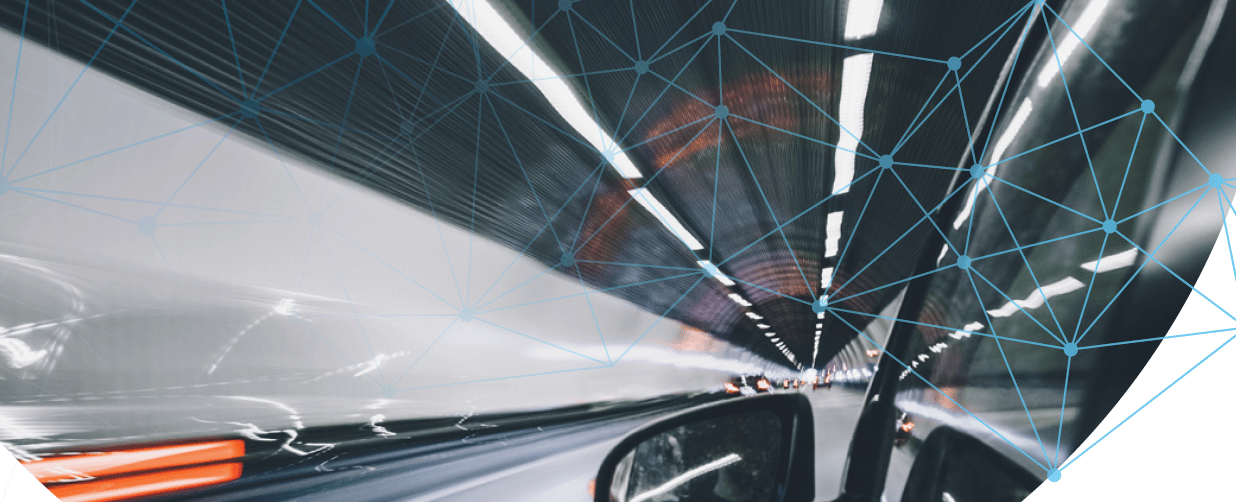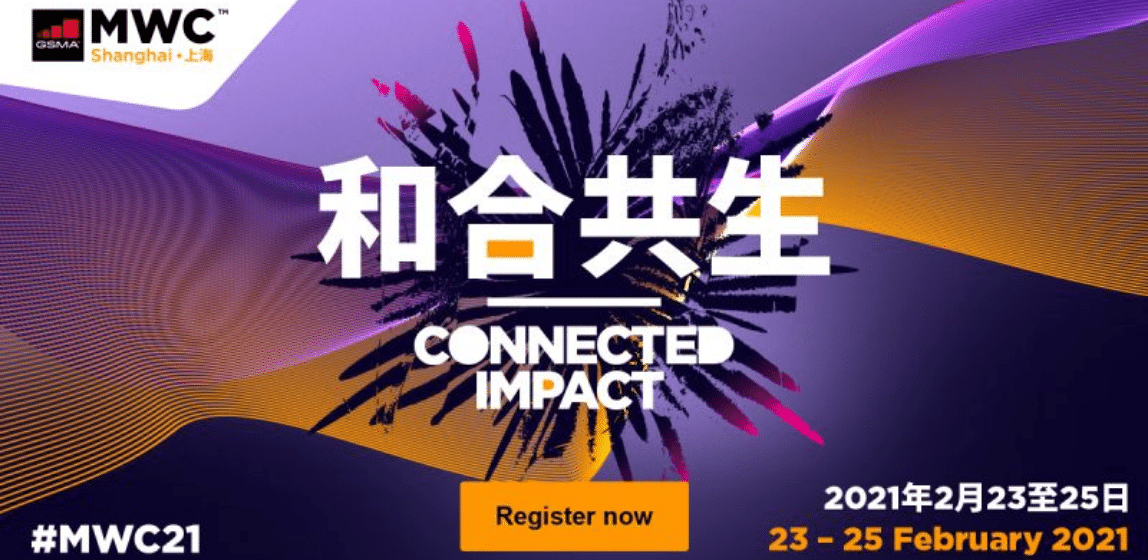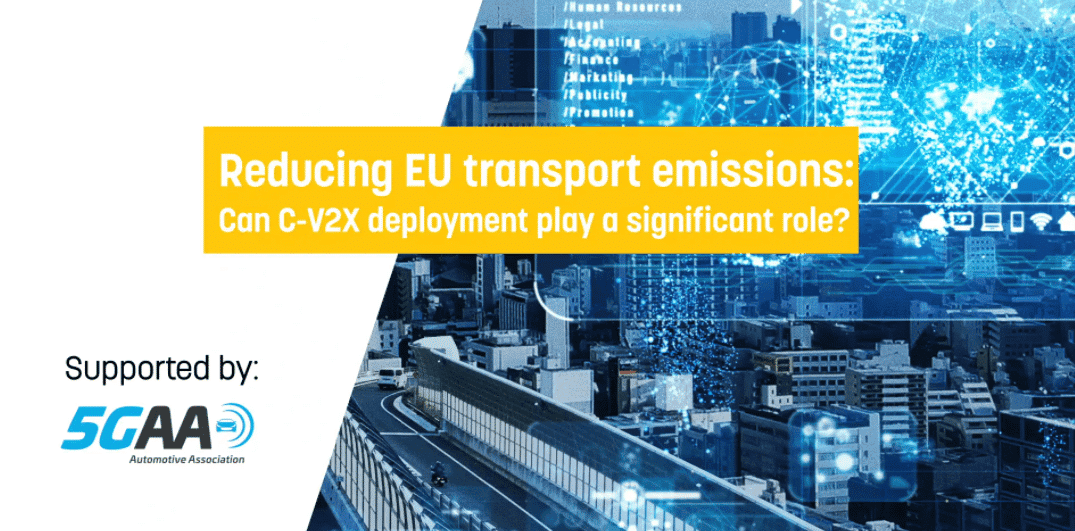
Cooperation Models enabling deployment and use of 5G infrastructures for CAM in Europe
This White Paper outlines five non-mutually exclusive options for ecosystem cooperation models relevant to 5G CAM (Connected and Automated Mobility) infrastructure deployment and use. 5GAA believes these options may bring even more benefits when combined. Building upon this first assessment, 5GAA considers that in the context of the large-scale introduction of advanced safety and automated driving use cases supported by C-V2X, a more integrated model involving all parties (vehicle manufacturers, road operators, communication service providers i.e. mobile network operators and neutral host infrastructure providers) should be considered as well as other services providers who will play an increasing role in the ecosystem e.g., location-based data marketplace, Mobility as a Service (MaaS), etc.

MEC for Automotive in Multi-Operator Scenarios
Edge Computing is an important topic in Vehicle-to-Everything (V2X) use cases, as many such cases ultimately require guarantees of low latency and high reliability. The use cases involve a large amount of regional data which needs to be processed and dispatched locally instead of being uploaded over the internet to its cloud services which, at scale, becomes time- and cost-intensive without generating much-added value. The present document includes architecture and deployment models in the event that Edge Computing is used for these V2X use cases and also describes how interoperability and service continuity can be solved.
Read the full technical report

5G Automotive Association Presents Latest Developments on C-V2X in China to Boost Automated Driving Revolution
Together with relevant ecosystem actors in China – from Government officials to telecom and automaker companies and the association’s community – the 5G Automotive Association (5GAA) has presented the latest developments on Cellular Vehicle-to-Everything applications and services at GSMA’s Mobile World Congress Shanghai 2021.

System Architecture and Solution Development; High-Accuracy Positioning for C-V2X
The present document aims to study the requirements of positioning, build understanding of the positioning system framework, and offer the corresponding technologies according to the requirements and environments, as well as some demonstrations in High-Accuracy Positioning for Vehicle-to-Everything (V2XHAP) services.
With the evolution of V2X services from assisted driving to automated driving, the use case requirements are also changing in terms of the availability of network coverage, level of uncertainty, availability of features for simultaneous localisation and mapping (SLAM)-based positioning techniques, reliability, latency, speed, data rate, communication range, as well as positioning accuracy, which is changing from metre level to sub-metre level. Different from other services, positioning information is one of the essentials to guarantee the safety of Internet of Vehicles (IoV). Some important KPIs for positioning have been described in 3GPP, such as positioning accuracy, latency, update rate, power consumption, etc. Furthermore, there are some specific needs in terms of V2X service scenarios, such as continuity, reliability, and security/privacy, etc. All positioning KPIs for V2X mentioned above need to be clarified, especially positioning accuracy which is the most basic requirement in V2X service. In some use cases, such as automated driving, remote driving and platooning, centimetre-level positioning with stable performance provides the necessary accuracy and safety assurance.
Read the full Technical Report

C-V2X Use Cases and Service Level Requirements Volume II
Following the first volume (Volume I) set of Use Case descriptions (previously named as ‘WAVE 1’) and the corresponding framework developed in WG1, this document presents the second volume of Use Case descriptions (previously named as ‘WAVE 2’). One of the goals with this second set is to describe advanced Use Cases that have challenging requirements for future communication systems, such as 5G – as reflected in the report title.
The Use Case descriptions are written from the vehicle perspective and strive to be solution agnostic and applicable to both driven and autonomous vehicles. The realisation of Use Cases does not preclude applications performing various tasks supporting the Use Cases, such as collecting information, analysing etc.
Read the full report

5GAA to be a Partner of Mobile World Congress Shanghai 2021
After last year’s cancellation, 5GAA is happy to bring again a Partner Programme to MWC Shanghai 2021 on Wednesday, 24 February, 9.30 AM-12.30 PM (CST).
Smart mobility technology is already here. C-V2X technology now allows connected vehicles to communicate with the cloud, directly with each other and with their surroundings. Thanks to 4G LTE cellular technology, as well as the emerging 5th generation of high speed and low latency communications, 5G, traffic will be optimised, and emissions will be reduced. Prominent members will update you on how C-V2X fuels the automotive connected revolution, with a comprehensive overview of its latest development in China including the valuable perspective of Chinese regulators.
Further information will be shared shortly!
Find all the latest information about our programme
Register Now

Reducing EU Transport Emissions: Can C-V2X Deployment Play a Significant Role?
On 24 November, Euractiv hosted a debate to assess and discuss the benefits of C-V2X deployment in terms of emission reduction by 2050 in Europe.
TNO, a not-for-profit Dutch research institute, presented new research related to traffic efficiency, and the specific C-V2X functionalities that offer the biggest emission reductions and therefore a contribution to the EU’s climate goals ahead of the comprehensive Strategy for a Sustainable and Smart Mobility (part of the European Green Deal).
The Strategy proposes to match measures to the “ambition to achieve the 90% reduction in emissions by 2050” leveraging “digitalisation and automation, enhancing connectivity to the next level and last, but not least, it will ensure safety and accessibility”.
Read the Study
Watch the highlights
Watch the full event
Reducing EU Transport Emissions: Can C-V2X Deployment Play a Significant Role?
On 24 November, Euractiv hosted a debate to assess and discuss the benefits of C-V2X deployment in terms of emission reduction by 2050 in Europe.
TNO, a not-for-profit Dutch research institute, presented new research related to traffic efficiency, and the specific C-V2X functionalities that offer the biggest emission reductions and therefore a contribution to the EU’s climate goals ahead of the comprehensive Strategy for a Sustainable and Smart Mobility (part of the European Green Deal).
The Strategy proposes to match measures to the “ambition to achieve the 90% reduction in emissions by 2050” leveraging “digitalisation and automation, enhancing connectivity to the next level and last, but not least, it will ensure safety and accessibility”.
Read the Study
Watch the highlights
Watch the full event

Reducing EU Transport Emissions: Can C-V2X Deployment play a Significant Role?
On 24 November 2020, the 5G Automotive Association, in partnership with Euractiv, hosted a debate to discuss how C-V2X can contribute to reducing transport emissions.
To what extent can connected driving, with increasing levels of automation, lead to environmental benefits? To answer this question, 5GAA asked Dutch non-profit organisation TNO to conduct a study into the environmental effects of V2X communication as it is currently used in transport and as it can be used in future implementations.
During the event, the organisation presented the results of the study. These highlighted the specific C-V2X functionalities that offer the biggest emission reductions and therefore a contribution to the EU’s climate goals.
Indeed, at the time of the broadcast, the European Commission was working the Sustainable and Smart Mobility strategy, proposing measures that match the ambition of the recently updated emissions reductions goals. Policymakers aimed to leverage digitalisation and automation to create a more sustainable future for the transport and mobility sector.
Watch the video below to have some highlights of the event.

C-V2X Use Cases and Service Level Requirements Volume I
The present report represents the latest version of the first set of Use Case descriptions (Volume 1 – previously named WAVE1) developed in the context of the 5GAA WG1 work item “Use Case and KPI requirements”. The report introduces and explains the WG1 approach to describe Use Cases and their Service Level Requirements (SLRs). It includes a framework for the Use Case descriptions and a framework for Use Case Service Level Requirements collection. The two frameworks are applied to the Use Cases provided in the 5GAA Board Internal Guidance Document.


